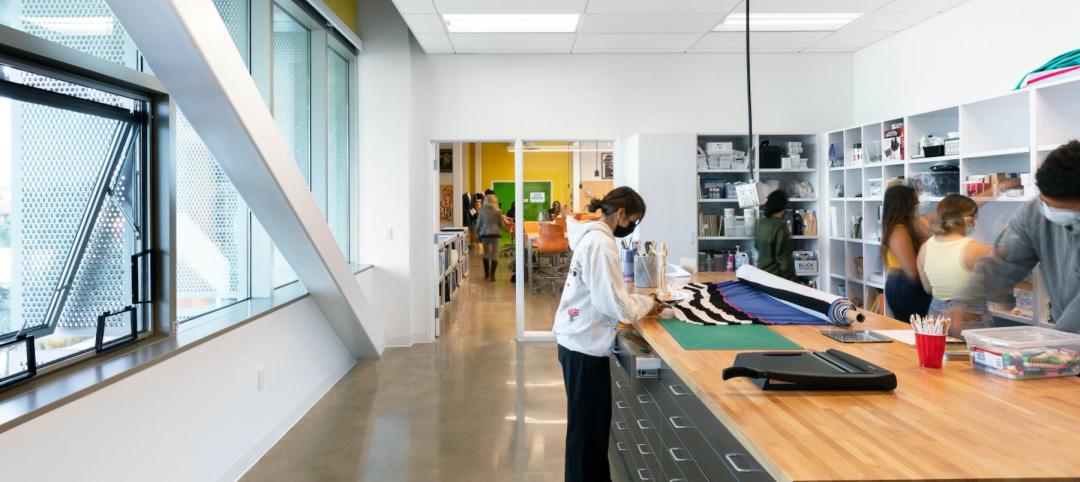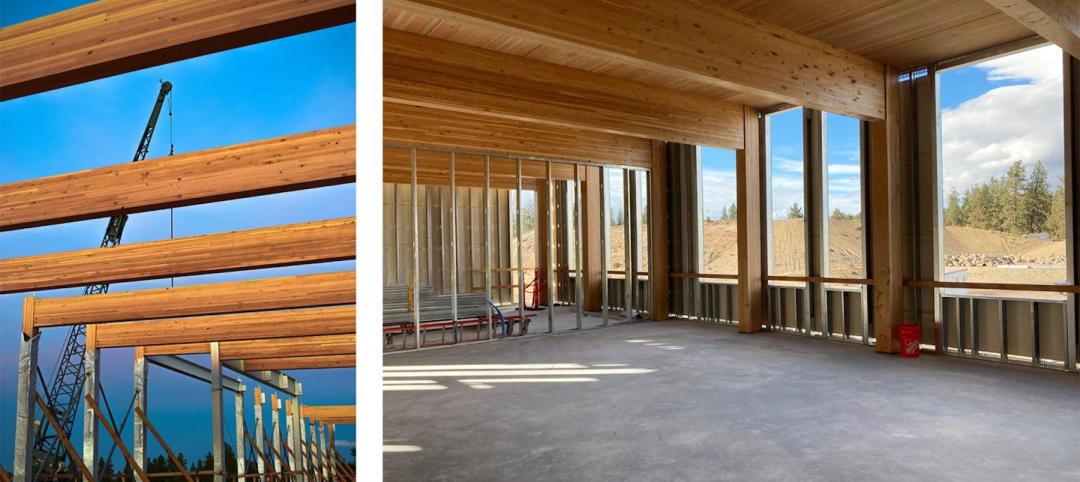For the past year and a half, I have had the pleasure of working with an incredible group of AEC marketing and business development leaders as a member of the Board of Trustees for the SMPS Foundation, the nonprofit research arm of the Society for Marketing Professional Services.
The Foundation’s 2018 research project will explore the brain science behind client decision making behavior. That is, why do your clients—real estate developers, building owners, university leaders, school district officials, healthcare operators, etc.—make the decisions they do? And how, as an AEC firm, can you better tailor your services, marketing, and communications to more effectively influence your clients and better meet their needs?
Here’s a synopsis of the research project:
Within the AEC industries, our clients, both public (i.e., local, state, provincial, federal entities) and private, are responsible for making decisions regarding which companies they will hire to design and build their projects. As the market continues to become more competitive, we are interested in understanding and reacting to the science behind decision making—how brains work subconsciously and emotionally, and rationalize one service provider over another with stats and scoring, for example. The researcher(s) for this project should also explore and present any other components of decision-making and how service providers can affect the outcome of choices their clients make.
This is the type of important business research that is absent in our market. All AEC professionals could benefit from its findings and recommendations.
The Foundation has composed a formal FRP in search of research groups and neuroscience experts who are interesting in taking on this important study.
If you are interested in learning more or submitting an RFP for this funded research project, please email me at dbarista@sgcmail.com. Thanks!
Related Stories
| Aug 11, 2022
Report examines supposed conflict between good design and effective cost management
A report by the American Institute of Architects and the Associated General Contractors of America takes a look at the supposed conflict between good design and effective cost management, and why it causes friction between architects and contractors.
Energy Efficiency | Aug 11, 2022
Commercial Energy Efficiency: Finally “In-the-Money!”
By now, many business leaders are out in front of policymakers on prioritizing the energy transition.
High-rise Construction | Aug 11, 2022
Saudi Arabia unveils plans for a one-building city stretching over 100 miles long
Saudi Arabia recently announced plans for an ambitious urban project called The Line—a one-building city in the desert that will stretch 170 kilometers (106 miles) long and only 200 meters (656 feet) wide.
| Aug 10, 2022
U.S. needs more than four million new apartments by 2035
Roughly 4.3 million new apartments will be necessary by 2035 to meet rising demand, according to research from the National Multifamily Housing Council (NMHC) and National Apartment Association.
| Aug 10, 2022
Gresham Smith Founder, Batey M. Gresham Jr., passes at Age 88
It is with deep sadness that Gresham Smith announces the passing of Batey M. Gresham Jr., AIA—one of the firm’s founders.
| Aug 9, 2022
Work-from-home trend could result in $500 billion of lost value in office real estate
Researchers find major changes in lease revenues, office occupancy, lease renewal rates.
| Aug 9, 2022
5 Lean principles of design-build
Simply put, lean is the practice of creating more value with fewer resources.
| Aug 9, 2022
Designing healthy learning environments
Studies confirm healthy environments can improve learning outcomes and student success.
Legislation | Aug 8, 2022
Inflation Reduction Act includes over $5 billion for low carbon procurement
The Inflation Reduction Act of 2022, recently passed by the U.S. Senate, sets aside over $5 billion for low carbon procurement in the built environment.
| Aug 8, 2022
Mass timber and net zero design for higher education and lab buildings
When sourced from sustainably managed forests, the use of wood as a replacement for concrete and steel on larger scale construction projects has myriad economic and environmental benefits that have been thoroughly outlined in everything from academic journals to the pages of Newsweek.

















